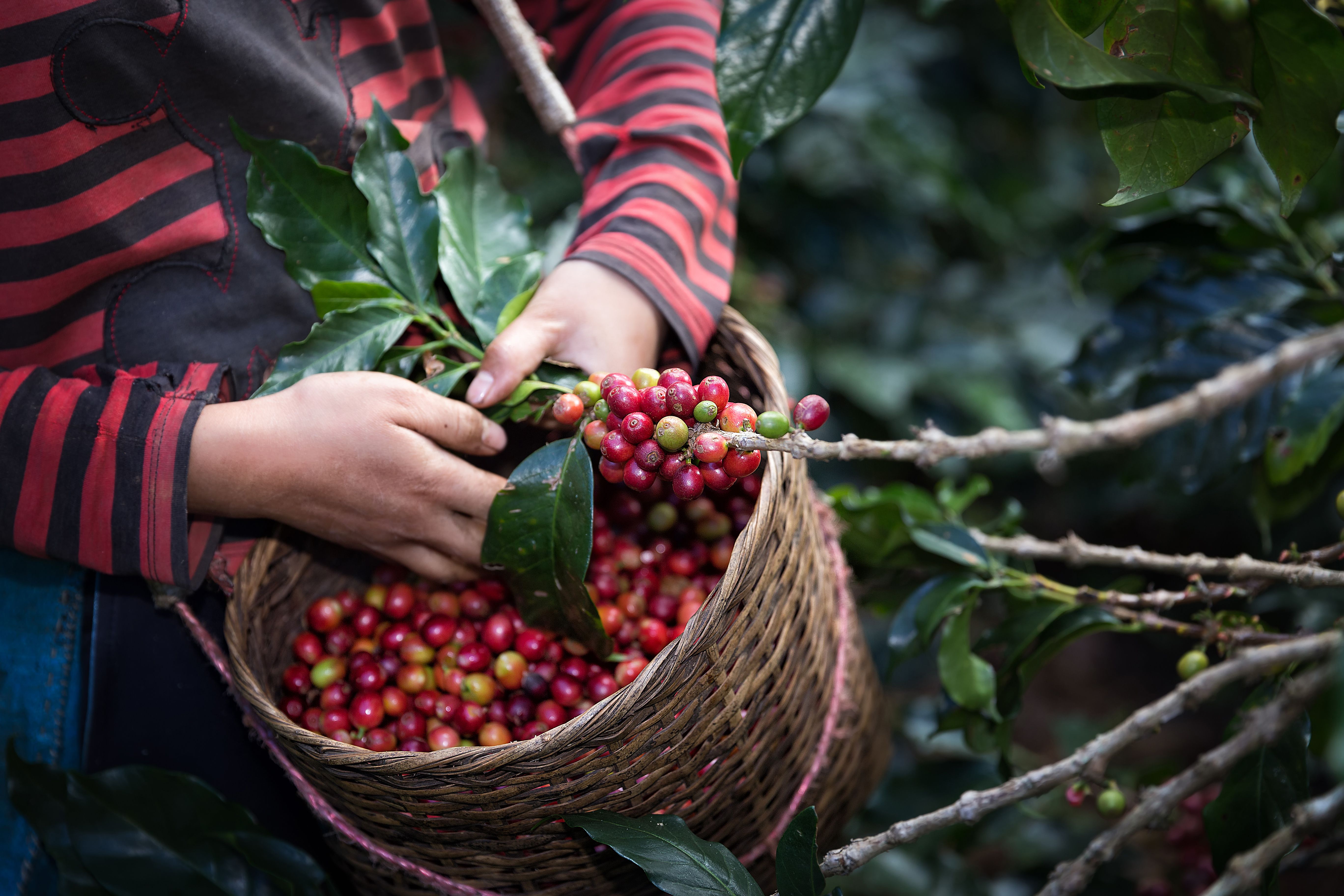Arabica, the most widespread cultivar in the world, is broadly considered to be the excellence among the varieties of coffee. But is Arabica up to its reputation? Which properties make it stand out from its less well-known “cousins”?
Coffee is an evergreen shrub belonging to the Rubiaceae coffee family, classified under the genus Coffea. There are over ninety species of coffee and Coffea Arabica is one of the most popular, together with Coffea Canephora, commonly called Robusta, Liberica and Excelsa. There are several varieties of Arabica such as Mocha, Bourbon, Java, Nacional, Caturra, Catuai, Mundo Novo, Catimor…
Originating in the mountainous regions of Ethiopia, the plant is delicate and sensitive to heat and humidity. The grounds at high altitude in which it plants its roots are rich in minerals, even volcanic, which are the source of the fine organoleptic properties of the coffee beans that are enhanced as the altitude increases. It is mainly cultivated in Central and South America at an altitude ranging between 600 and 2,000 metres, but there are also sites of excellence in Asia and Africa. Today it covers 2/3 of the global production of coffee, with a wide range of selections and a remarkable diversity of taste.
The secrets to the success… of this coffee
Its characteristic blue-green coffee bean has an elongated shape and a slightly shallow, sinuous groove, although what’s really extraordinary is its composition. In fact, in addition to being the only species of coffee with 44 chromosomes, it differs from its direct competitor, Coffea Robusta, for its content:
- 18% vs 9% of oils
- 8% vs 5% of sugars
- 0.9%-1.7% vs 1.6-2.8% of caffeine
The result? Fragrant grains produce an infusion with a rich aroma, delicately sour, less astringent and sweeter in taste compared to Robusta and not as bitter since it contains more sugar and less caffeine. Espresso has a thin, dense crema of hazelnut colour with reddish reflections and a smooth, pleasantly acid flavour. The vegetable components contained in greater quantities frequently develop during roasting the aroma of chocolate with a persistent caramel aftertaste.
So, why spoil the absolute purity of this delicacy, mixing it with different, less noble varieties? It’s very simple: we all have different tastes. Arabica is loved especially by those who prefer light roasted coffee, with sweet notes and an aroma of fruit and honey. For those who prefer a more bitter taste and woody, spicy flavours or who simply like to try new alchemies, the competence and creativity of the coffee producer are reflected in the creation of blends featuring selected varieties. Keep in mind that numerous factors contribute to making coffee of excellent quality – the cultivation (soil, altitude, etc.), harvesting and processing techniques, type of roasting and correct procedures for preservation, transport and storage. Different and masterfully dosed cultivars provide taste, density and aroma that are revealed to the consumer through extraordinary flavour and olfactory experiences.





